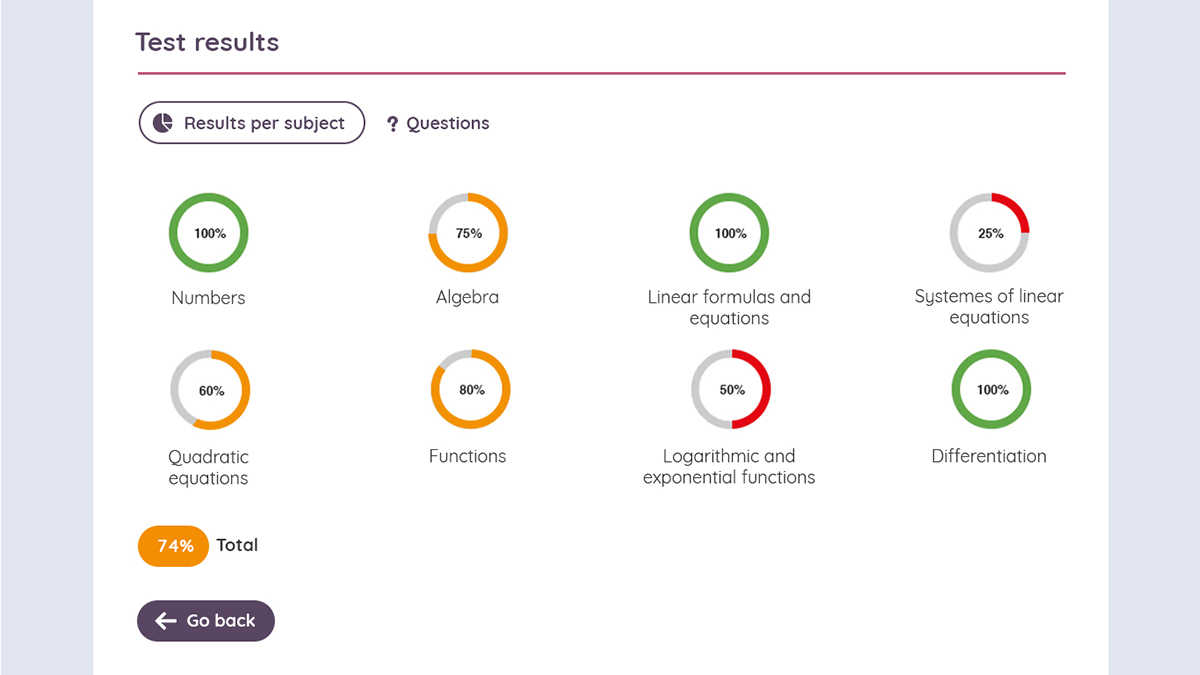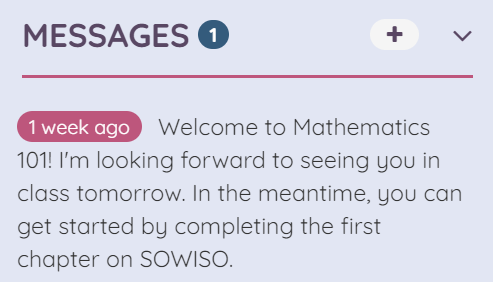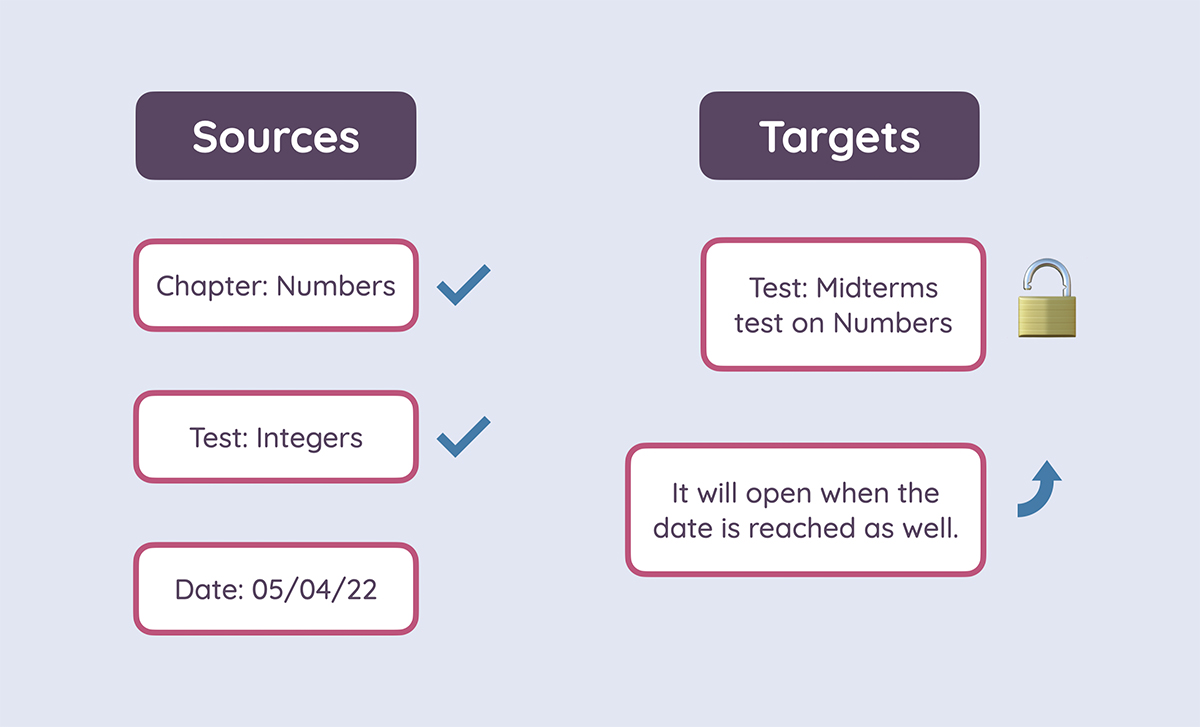Students enroll in a mathematics course for different reasons. Some are pursuing a career in STEM and are interested in mathematics. On the other hand, some students might be there because mathematics is a mandatory subject for them, and they hope to be done with it as soon as possible.
The classroom becomes a heterogeneous mix of people with different kinds of motivations, and the teacher’s job becomes twofold: teaching the subject and motivating the students to learn.
In this blog post, we will go over some of the ways in which you can motivate your students to learn mathematics, with special emphasis on using technology to reach this goal.

In the educational context, “motivation refers to a student’s willingness, need, desire and compulsion to participate in, and be successful in the learning process” (Bomia et al., 1997, p. 3).
Psychologists generally agree that there are two big groups of motivation: extrinsic and intrinsic. Neither is “the good one” or “the bad one,” and one student can mix both simultaneously.
There are ways of encouraging students to participate in classroom activities, no matter the type of motivation that’s dominant for them.
According to Saadati and Celis (2023, p. 161), “extrinsically motivated students engage in mathematics guided by goals other than improving in math.”
For example, a student is studying hard for an exam because their parents promised them a new phone if they pass the exam. This student is studying in order to achieve an award, and they are extrinsically motivated.
On the other hand, “intrinsic motivation refers to the influences that originate from within a person which cause a person to act or learn” (Bomia et al., 1997, p.3). In this case, learning itself is rewarding because the students already find the material interesting or useful.
For example, a student might enjoy solving problems and looks for challenges while studying. This student enjoys learning mathematics and sees the process as enjoyable and rewarding.

We now know that there are extrinsically and intrinsically motivated students in our classroom, so what can we do to motivate them?
A study conducted with final-year students majoring in mathematics education found multiple techniques to motivate students to learn mathematics (Yunus & Ali, 2009). One of the effective strategies is beginning the lesson by telling students exactly what is expected of them to accomplish, as well as using short-term objectives. This way, the students will know the end goal they are striving towards, which makes it clearer and within reach.
The same study suggests using spoken and written praise. It also proposes to foster discovery, curiosity, exploration, and games. Making the class interesting and unpredictable captures students’ interest and motivates them to participate.
Today, there is a plethora of educational tools that help teachers save time while providing more support for the students. A study at Ajman University (Elshareif & Mohamed, 2021) found that students thought that e-assessment activity (assignments, projects, exams) captured their interest and enhanced their learning experience. They also agreed that the e-grade checking assisted them in achieving positive feelings about their success.
Sowiso is an online learning and testing environment for STEM. With features like personalized automated feedback, we help educators engage students and save time. Here are some tips that can help you make the most of digital technologies to motivate all kinds of learners.
Weekly quizzes will keep bringing students back to your class and stimulate them to continue practicing. Designing a quiz with Sowiso takes minutes; you can use our ready-made courses to pull questions from. Add a few exercises, set 15 minutes on the timer, and open up the quiz for a week. Your quiz will be automatically graded by the computer, so you won’t have an additional task on your plate.
This is an easy way to get your students back on the platform. By doing the quiz, they are refreshing their knowledge and preparing for the final exam. And as they have already logged in, they might get inspired to do a few practice exercises on the side!
Here, you can learn how to create weekly quizzes on Sowiso. Or read this blog post to discover what the testing effect is and the multiple benefits of formative testing.

Sowiso offers multiple options for sending messages to your students while they are on the platform. There is a box on the home page for your message on the bottom right of the screen. You can add a message that all your students will see every time they log in. Some of our teachers use this message to remind students to do homework, to complete a test, or just to give them a warm welcome to the class!

There is also an option to send a message to students based on their score at the end of a test. You could write an encouraging message for the students who scored lower than required and a congratulations text for those who get a high score.

Our prerequisites feature helps you create dependencies between different elements on Sowiso. When a student is done practicing the first chapter, a quiz opens up for them. When they finish the quiz, a new assignment opens up-and it’s all done automatically.
Your students can study at their own pace without having to wait for the rest of the class to finish. This is a great way of encouraging exploring and problem-solving while nurturing students’ intrinsic motivation.

Good luck motivating your students for your math classroom! If you have any doubts, please get in touch with us. We are always happy to help.

What is the testing effect? Learn it here and discover the 10 benefits of testing + tips to integrate tests into your class.

Instructional digital tools will upgrade your teaching. Learn how to integrate technology into the math classroom and get some inspiration for your lessons.

Teaching strategies to promote effective math study habits for students.